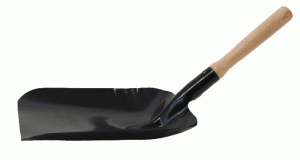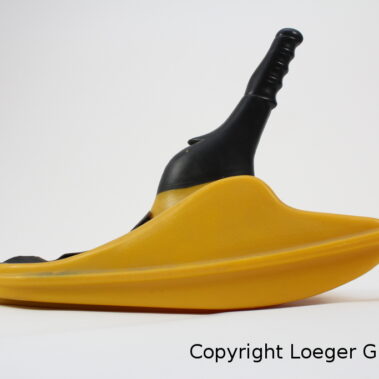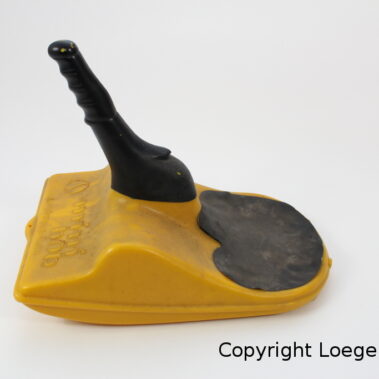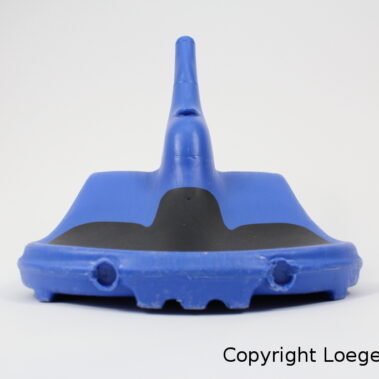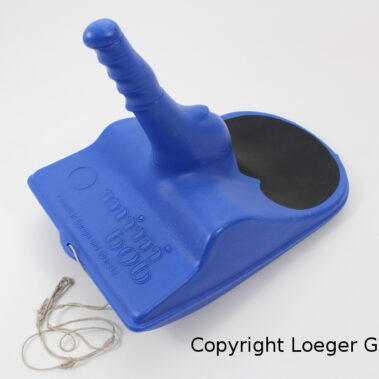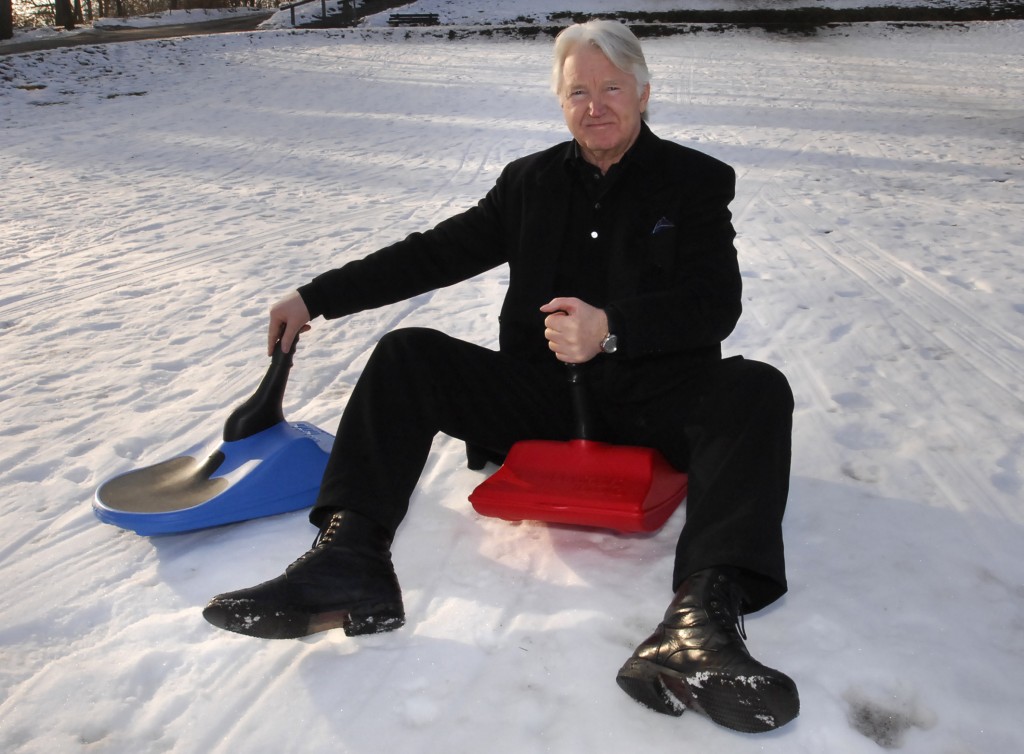After much deliberation and many drafts of possible designs, it was first necessary to find a material that, in addition to sliding well on snow, could easily withstand temperatures between -40 and +40 degrees.
The primary objective was to develop a piece of sports equipment that would be just as suitable for children as it would be for adults. The future mini bob had to be robust and durable, but also light and easy to handle.
A wood carver from Oberammergau in Bavaria made the moulds for the prototypes. Since plastic was the material of choice in the 1970s, it was the subject of a great deal of experimentation – only a few companies at the time were able to produce such an elaborate shape perfectly. At that time, sledges were made exclusively of wood or metal – the mini bob was to become the forerunner of all plastic sledges and plastic bobs… After many material tests and test runs, the current HD-PE plastic process was finally developed.
Since 1976, the mini bob has been produced and distributed in Germany by Loeger GmbH in an almost unchanged form. The mini bob is also affectionately known (depending on the region) as the “Zipflbob”, “Zipfelbob” or “Zipfybob” and has been delighting generations ever since.

